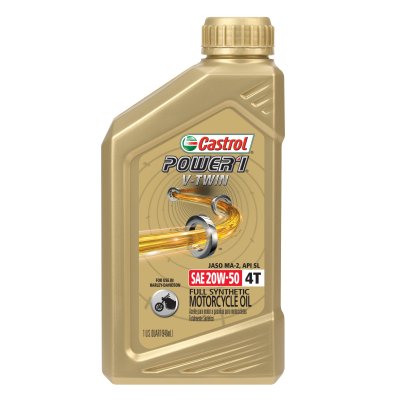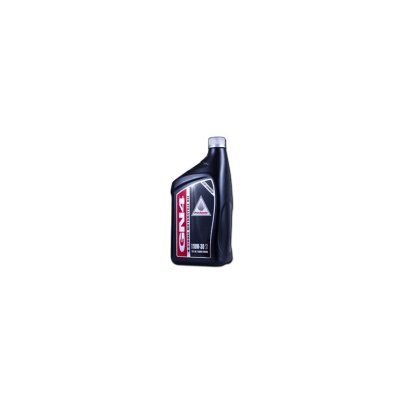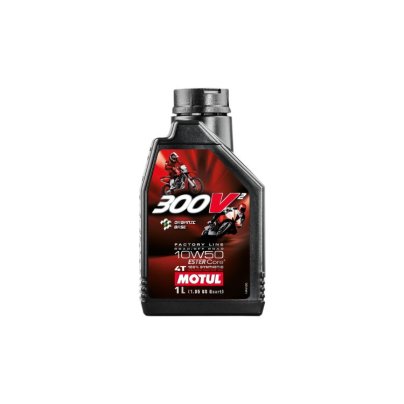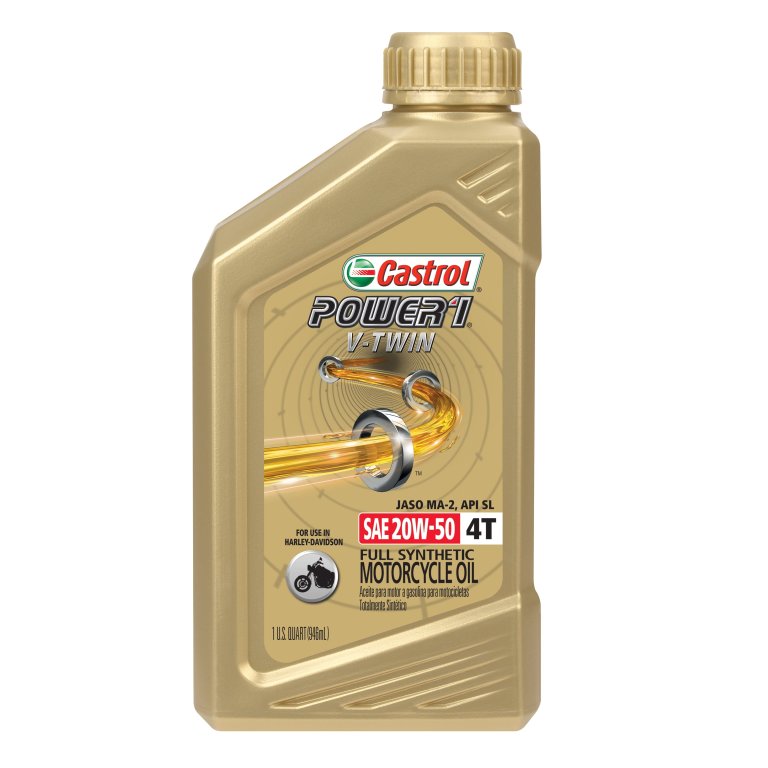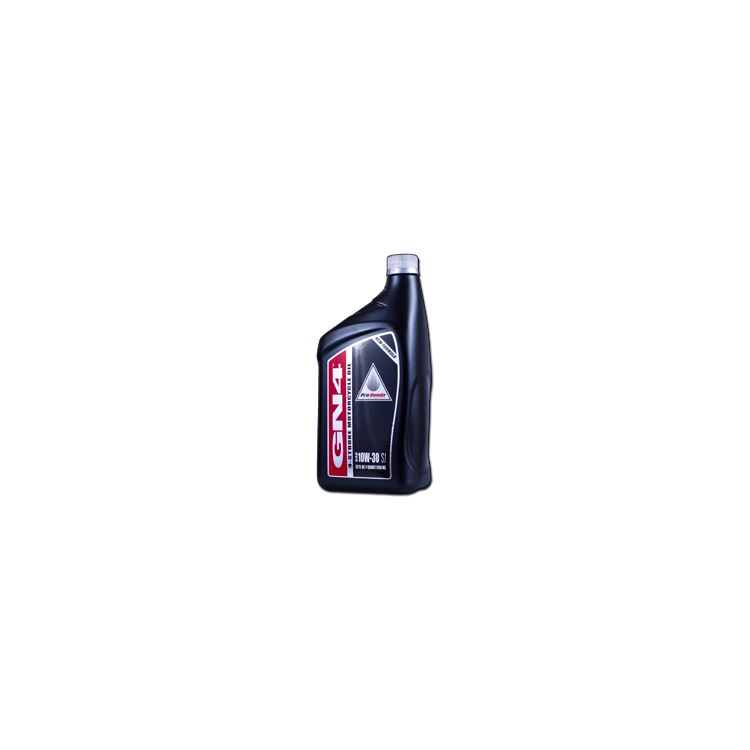We may earn revenue from the products available on this page and participate in affiliate programs. Learn more ›
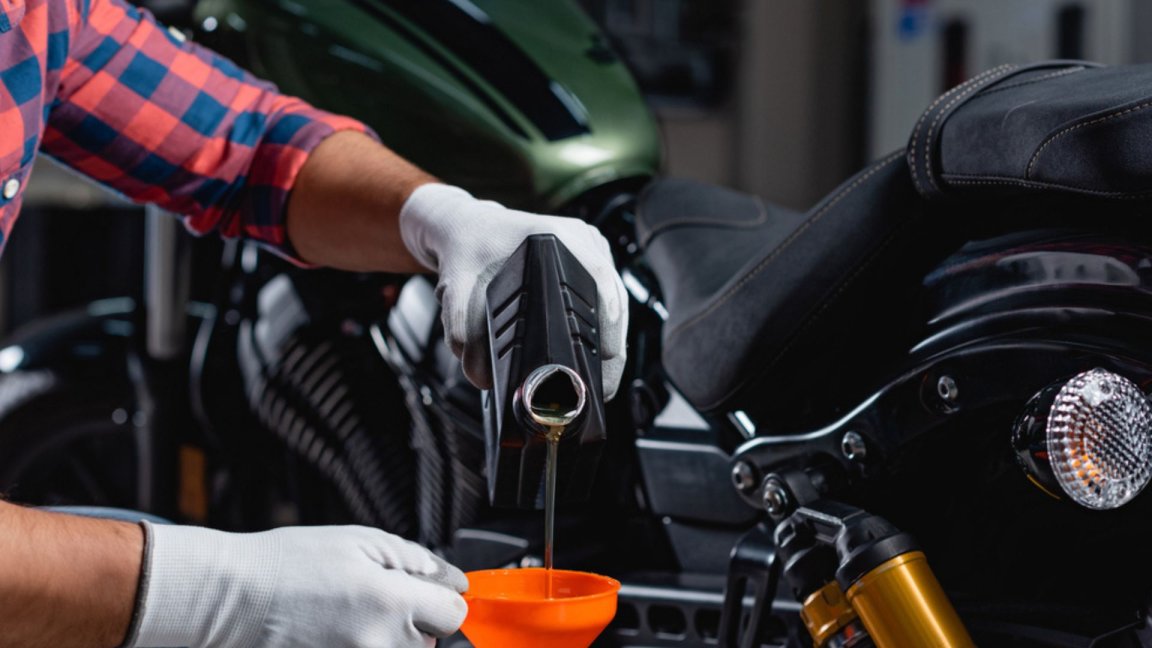
Ask any motorcycle owner what the best motorcycle oil is, and they will have an answer for you. Don’t argue; they all know they are right. Talking about the best oil for bike engines is like dropping a small bomb in the middle of a conversation.
Let’s be real, though. There are many different types of bikes out there. We all have different riding styles, and the level of maintenance care taken varies wildly from one owner to the next. Motorcycle oil gets all of the credit—or blame—for performance but several other factors are at play in how a motorcycle performs. Instead of making a definitive statement, let’s talk about some favorites and front runners and how they could benefit you. Whether you are riding long miles in high heat, hitting the track, or commuting in the cold, let’s find the best motorcycle oil for you.
Summary List
- Best Overall: Castrol Power1 V-Twin Synthetic
- Best Value: Honda Pro GN4 Motorcycle Oil
- Honorable Mention: Motul 300 V2 Competition Synthetic Engine Oil
- Best Synthetic: Mobil 1 Racing Engine Oil
- Best for Hot Weather: Lucas High Performance Motorcycle Oil
- Best for Cold Weather: K&N 10W-40 Synthetic Motor Oil
Our Methodology
While I have many years of experience riding, working, repairing, and maintaining different kinds of motorcycles, I would never presume to claim I know more about motorcycle oil than someone else. However, I do have the life experience to give my two cents on the matter.
Here at The Drive, we understand that you want to get the most out of your bike, and cheap oil costs you more in the long run, so I didn’t consider any discount or low-budget general use oil. I stuck with well-known, trusted brands. From there, I looked for unique qualities and a proven track record of performance. It seems like all oil companies boast about additives, but I drilled down beyond this generalized claim to consider what those additives actually were and how they would help the performance of your bike engine.
Best Motorcycle Oils: Reviews & Recommendations
Best Overall
Castrol Power1 V-Twin Synthetic
See ItBest Value
Honda Pro GN4 Motorcycle Oil
See ItHonorable Mention
Motul 300 V2 Competition Synthetic Engine Oil
See ItBest Synthetic
Mobil 1 Racing Engine Oil
See ItBest for Hot Weather
Lucas High Performance Motorcycle Oil
See ItBest for Cold Weather
K&N 10W-40 Synthetic Motor Oil
See ItOur Verdict on the Best Motorcycle Oils
My top pick for the best motorcycle oil is the Castrol Power1 V-Twin Synthetic because it’s a reliable oil that will work well in larger engines to give you smoother performance.
A more affordable option for those on a budget is the Honda Pro GN4 Motorcycle Oil. You can purchase it in larger quantities, and it’s formulated to last longer between oil changes.
Things to Consider Before Buying Motorcycle Oil
Semi or Full Synthetic
Semi-synthetic oils are a mixture of mineral-based and synthetic oils. This type of oil is fine for casual riders and commuters who aren’t overly taxing their bikes. Full synthetic oil typically comes with a range of additives to help it perform better and protect your engine. This is the oil used on track day and any other situation where your engine will be under serious stress. It will give you the maximum level of lubrication, which reduces fixture, heat, and the risk of damage. Always check your owner’s manual for the manufacturer’s recommended type of oil. It is pretty hard to go wrong if you listen to the engineers that designed your bike.
Viscosity and Grade
That combination of letters and numbers that you see is actually giving you some important information about the resistance and flow of the oil. You need an oil that flows well enough at cool temperatures to protect your bike when you first start it. It also needs to not evaporate or lose pressure at high temperatures when your bike is running. You’ll see a code for classifying oil with a number, a “W”, and another number. The W in the code stands for winter. The first number is how viscous the oil is at zero degrees Fahrenheit. It tells you how well the oil flows when it is cold. The second number tells you how well the oil flows at 212 degrees Fahrenheit.
Your Bike’s Characteristics
Most modern bikes have an electric start, so they benefit from a thinner oil than older bikes that are kick start. As a result, there is less priming action happening, so the dry-run period where there is no oil flowing is a little longer and a little tougher on the engine. Additionally, air-cooled bikes depend on the oil to also act as a coolant. This means the oil goes through more temperature fluctuations than liquid-cooled bikes.
Motorcycle Oil Pricing
Full synthetic oil is more expensive than a blend or mineral oil. It requires the most processing and comes with more additives. Within these three categories, you’ll find a range of oil prices. You get what you pay for when it comes to oil, so do not do your bike a disservice by using the cheapest oil you can find. Additionally, it is worth spending a bit more for specialty oil if you are riding in extreme climates or putting your engine under stress like track day or racing.
FAQs
You’ve got questions. The Drive has answers.
A: Yes, synthetic oil is good for motorcycles. Modern synthetic oils are high quality and come with additives that help your motorcycle to run better and cleaner. Synthetic oil is able to trap and suspend contaminants better. It also flows better in cooler temperatures and breaks down slower in hot temperatures.
A: If your motorcycle uses a mineral-based oil, you will need to change it every 2,000-3,200 miles. Semi-synthetic oil requires changing every 5,000-8,000 miles. It’s a good idea to change your oil at least once a year even if you don’t accumulate this many miles.
A: No, you shouldn’t use car engine oil in your motorcycle. One is formulated for vehicle engines, while the other is for motorcycle engines. Vehicle engine oil contains friction modifiers that can have a negative impact on your motorcycle’s performance.
A: Check your owner’s manual for the specific setup of your bike. The setup and process can vary slightly from bike to bike. As a general guide, start the bike, let it warm up, and then turn it off. The oil will cool and drain. You can now either use the glass window to view the oil or check the dipstick. Make sure the bike is upright and not leaned over so that you get an accurate reading.
A: The code for your oil should have a number, a W, and another number. The first number tells you the oil’s viscosity in cold temperatures. The second is the oil’s viscosity at normal operating temperatures.
A: Check with your local municipality if there is a government program for recycling used motor oil. Every community is different, but this is a good place to start because you’ll often find a list of places that accept used oil. Alternative places to bring used oil include your local auto parts store, mechanics shop, or quick lube location.
